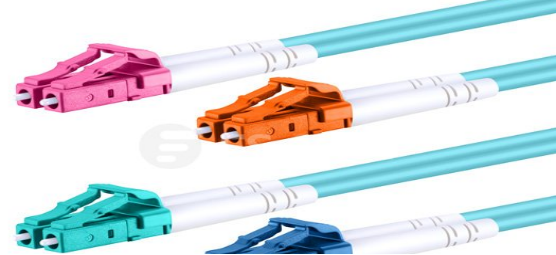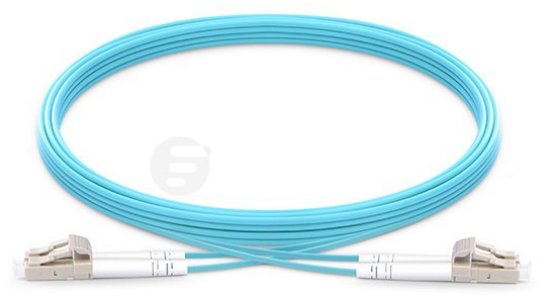With the rapid development and prevalence of cloud computing and big data, the requirements for transmission speed and data capacity become much higher than ever before, which makes 40/100G Ethernet be an inevitable trend for data center cabling system. However, as science and technology develop day by day, new questions are always following soon and waiting for the right solutions. For the coming and progress of 40/100G Ethernet network, the traditional LC cabling is too complicated to meet the demands for high density in data centers. Thus, making the traditional LC cabling less complicated or designing a brand new kind of cabling to replace the previous one becomes an imminent issue.
How to solve the issue so that the time and space spent on cable installation would not be wasted? MPO/MTP cabling solution turns out to be the right method for high-density, easy plug and play connection in complicated cabling infrastructure.
What’s MPO/MTP?
MPO/MTP is a technology deployed for multi-fiber applications, which aims at pulling just one single cable with multiple fibers. The word MPO stands for “Multiple-Fiber Push-On/Pull-off”. Through MPO/MTP technology, you can replace 12 or 24 LC connectors with only one MPO/MTP connector. In other words, you only need to patch one cable with multiple fibers, instead of patching 12 or 24 separate fiber cables.
Generally, MPO/MTP technology is a high-density, high-performance solution, widely used for 40/100G Ethernet network as well as fast installation of enterprise data center. With the advantage of MPO/MTP fiber systems, a much higher bandwidth transmission in data communication is no longer a dream.
MPO/MTP Fiber Optic Jumper Cable
MTP/MPO fiber optic jumper cable consists of MTP/MPO cable and MTP/MPO connectors, which is designed for the reliable and quick operations in data centers. With its advantages of less space and scalability improvement, significant space and cost savings are provided to user. What should be noted is that MTP cable is upgrade version of the former MPO, with better optical and mechanical performance. As for the connectors, both MTP and MPO connectors are multi fiber connectors, each of which has many fiber optic channels. Since MPO/MTP connectors are the up-and-coming standard optical interface for 40/100G Ethernet network, there is no doubt that MPO/MTP fiber optic jumper cable will eventually flood the data center. After all, the high fiber count in one connector creates endless possibilities.

Advantages of MPO/MTP Products
Compared with traditional fiber products, there are many improvements in MPO/MTP Products, such as, faster and easier installation, lower cost and higher density with less space. The following will introduce the detailed information for MPO/MTP products’ advantages.
As we know, in contrast to traditional fiber cabling, MPO/MTP cabling is much easier and faster. It is estimated that the installation time of MPO/MTP cabling can be reduced by up to 75% for MPO/MTP products’ simple push-pull latching mechanism. The installation method of MPO/MTP products is just pulling and plugging, which is designed to easy and intuitive insertion and removal. Hence, all unpredictable field termination troubles can be eliminated, while the installation time involving a costly high-qualified workforce can be reduced to a minimum.
High density is another feature of MPO/MTP products. For their multi-fiber structure, there are 12/24 fibers in only one cable running at the same time, providing 12/24 times the density, which facilitates high density communication. Beside, most MPO/MTP products belong to modular solutions, which could be a good choice to ease future expansion and for quick and easy system reconfiguration.
Conclusion
With the improvement of network technology, 40/100G Ethernet seems to be a prevalent trend. To meet the growing demands of fiber optic market, MPO/MTP products are developed and largely used in a really fast manner, dramatically providing the ideal solution for high density cabling data center.































